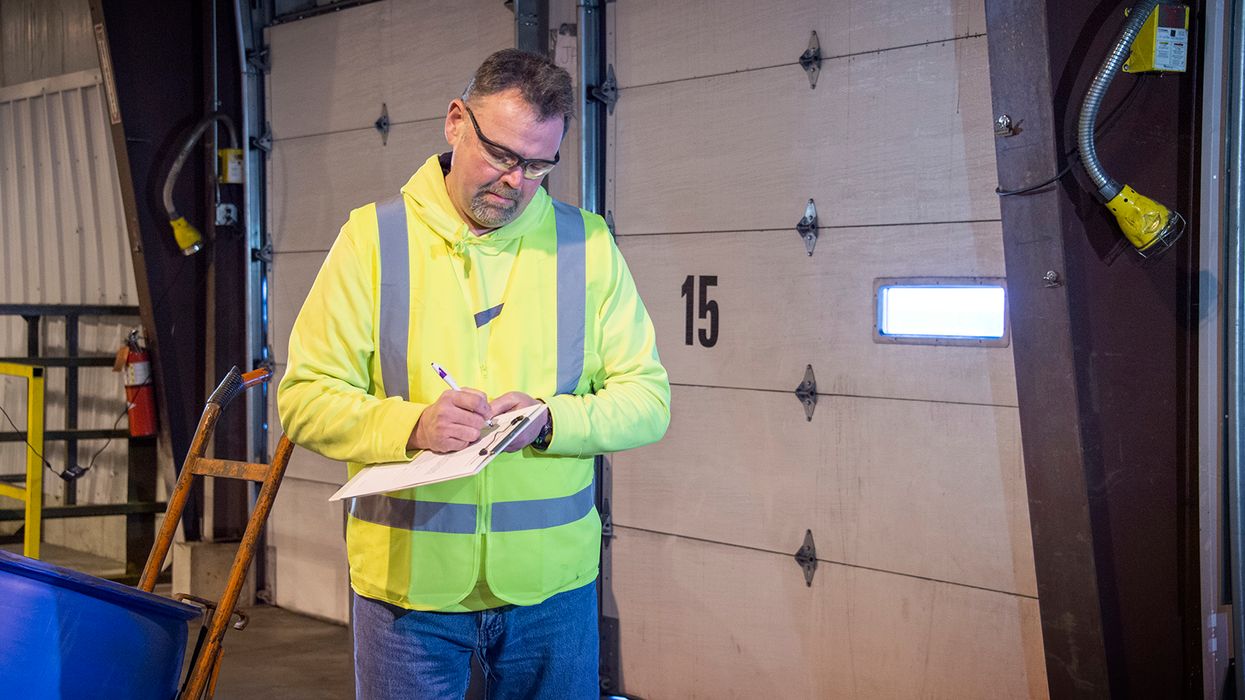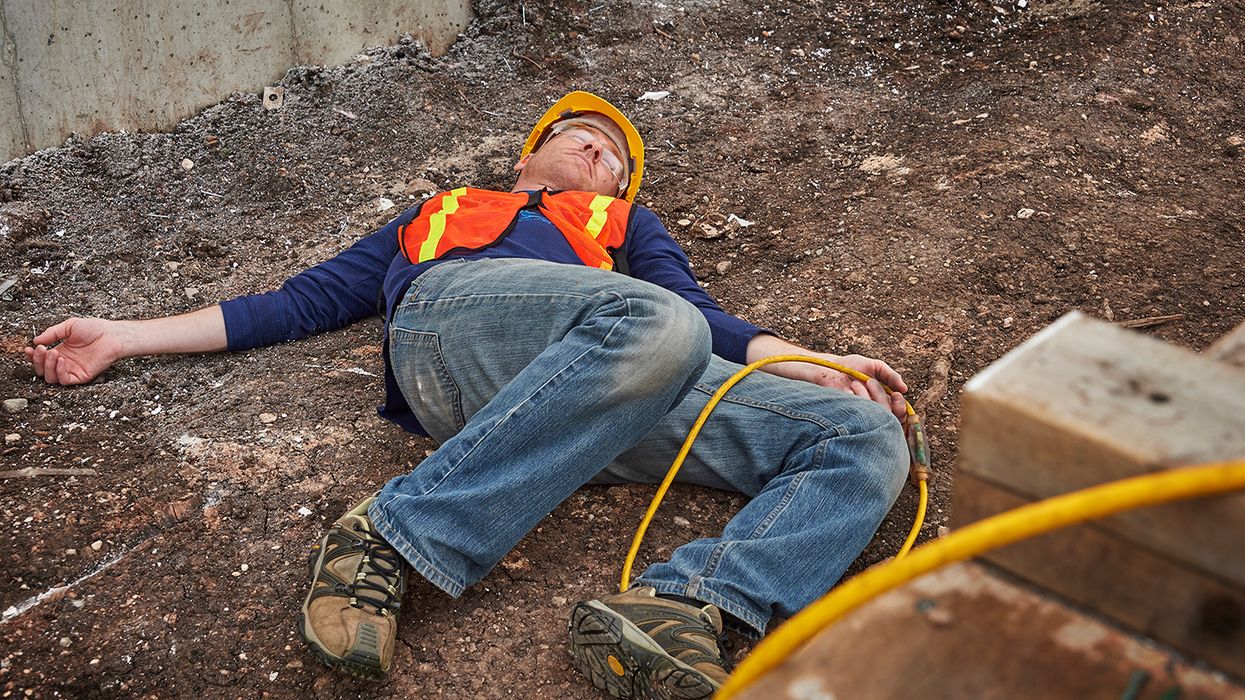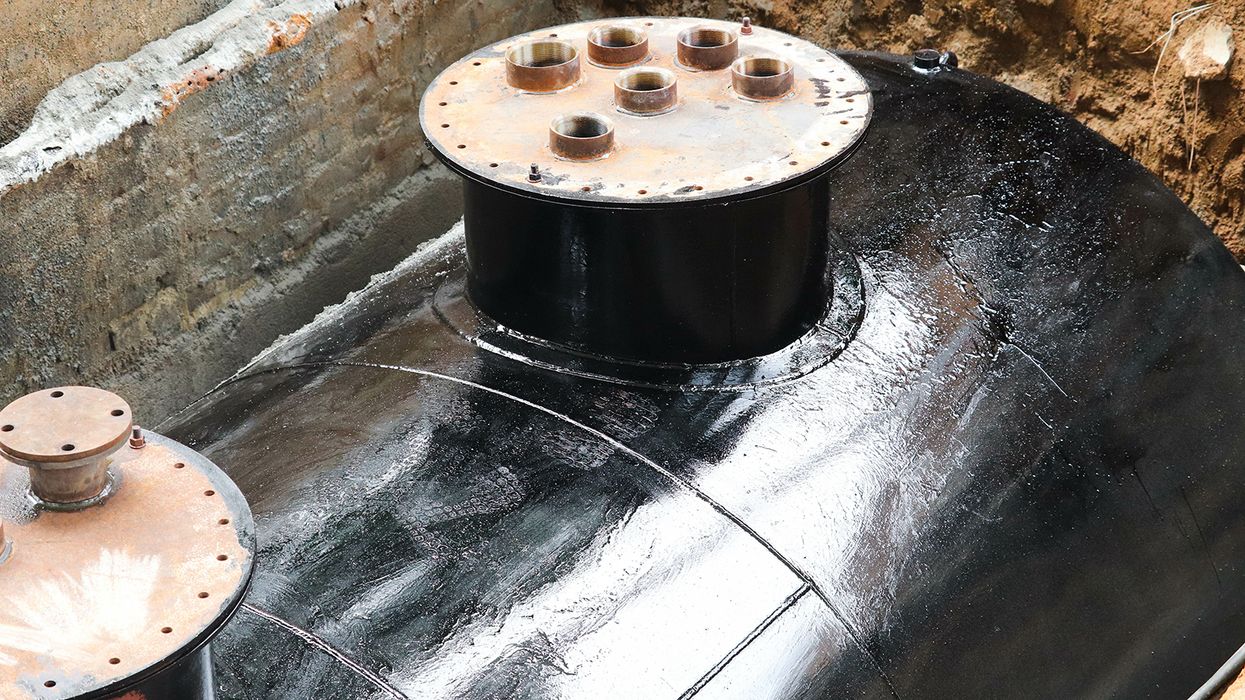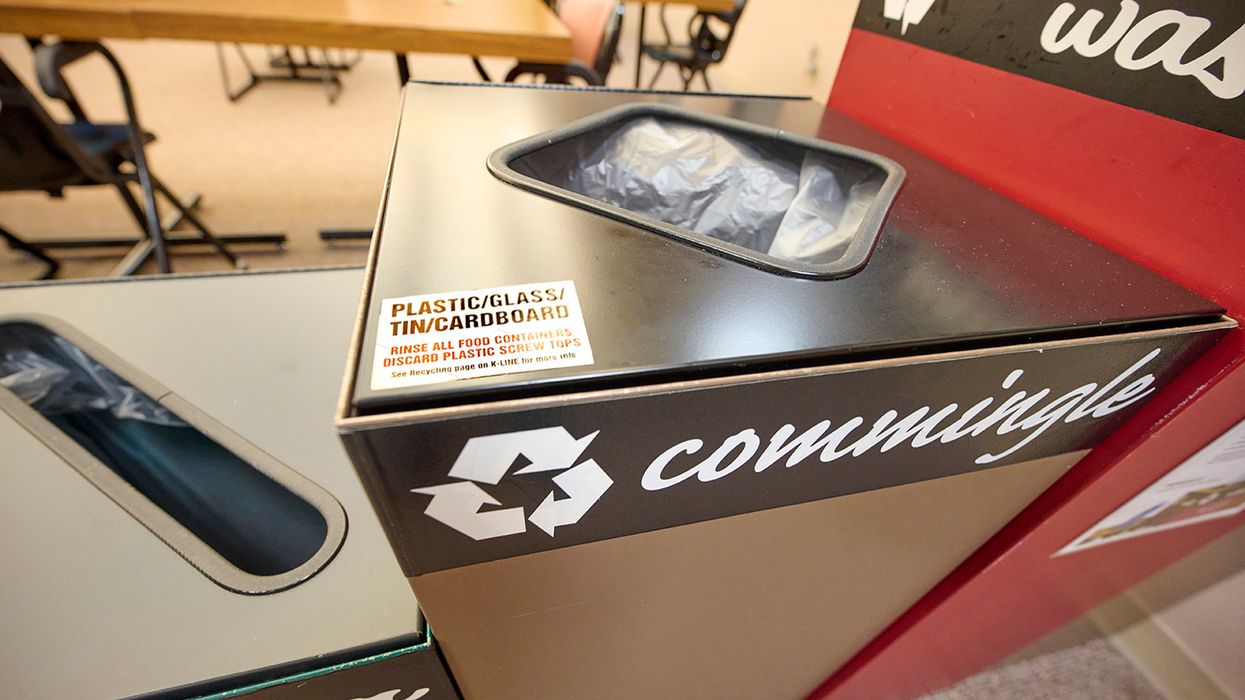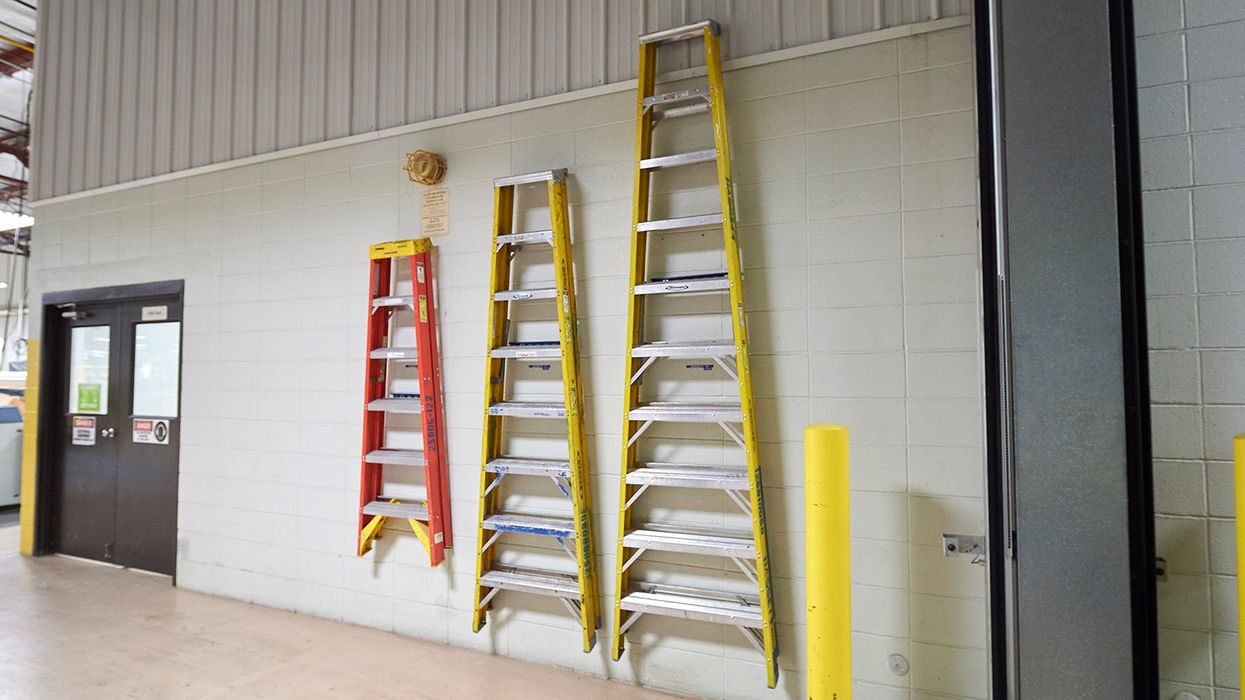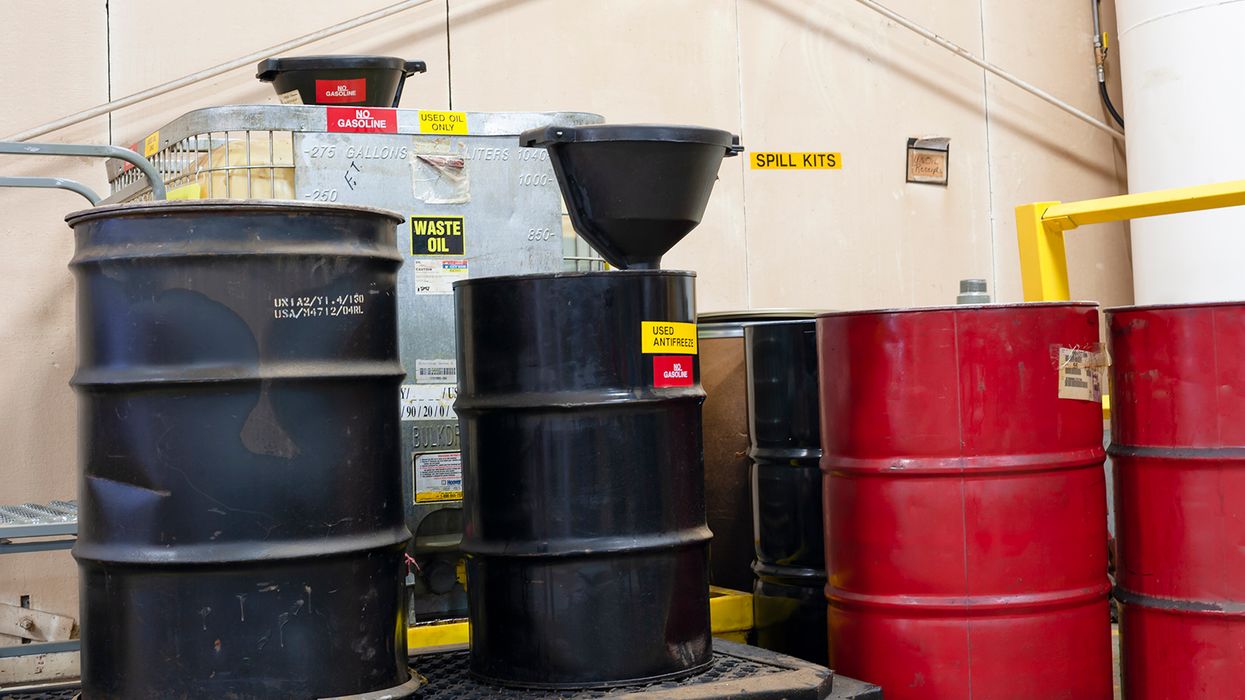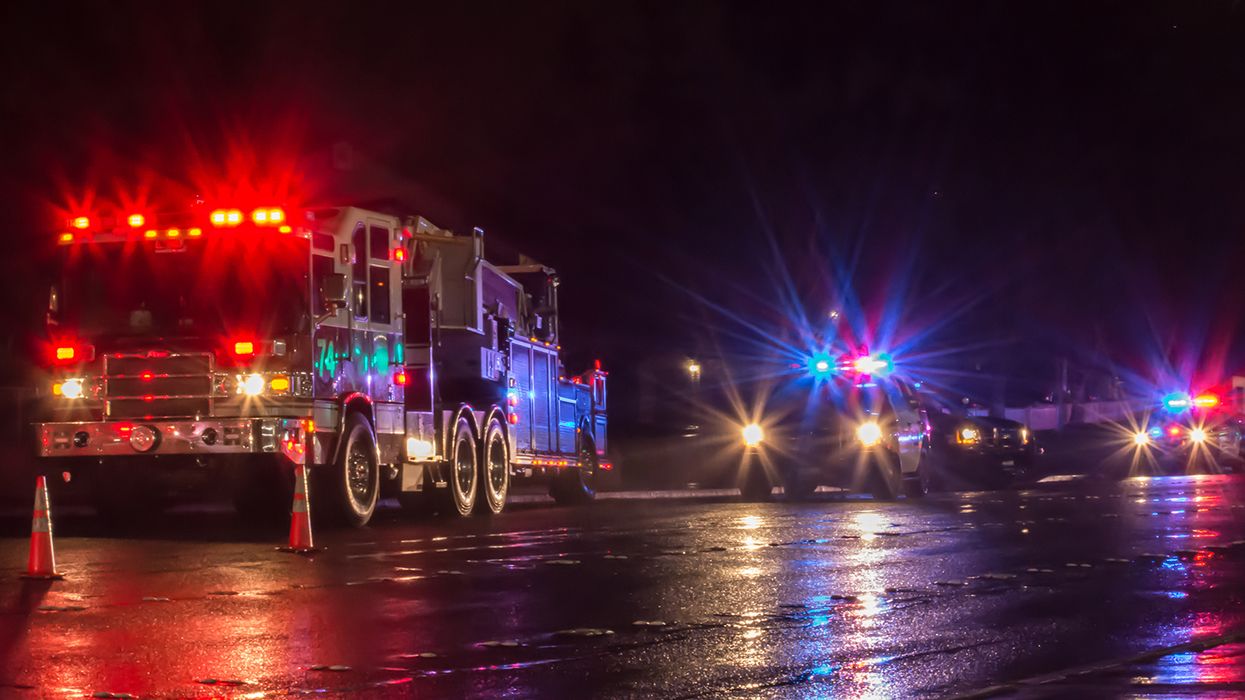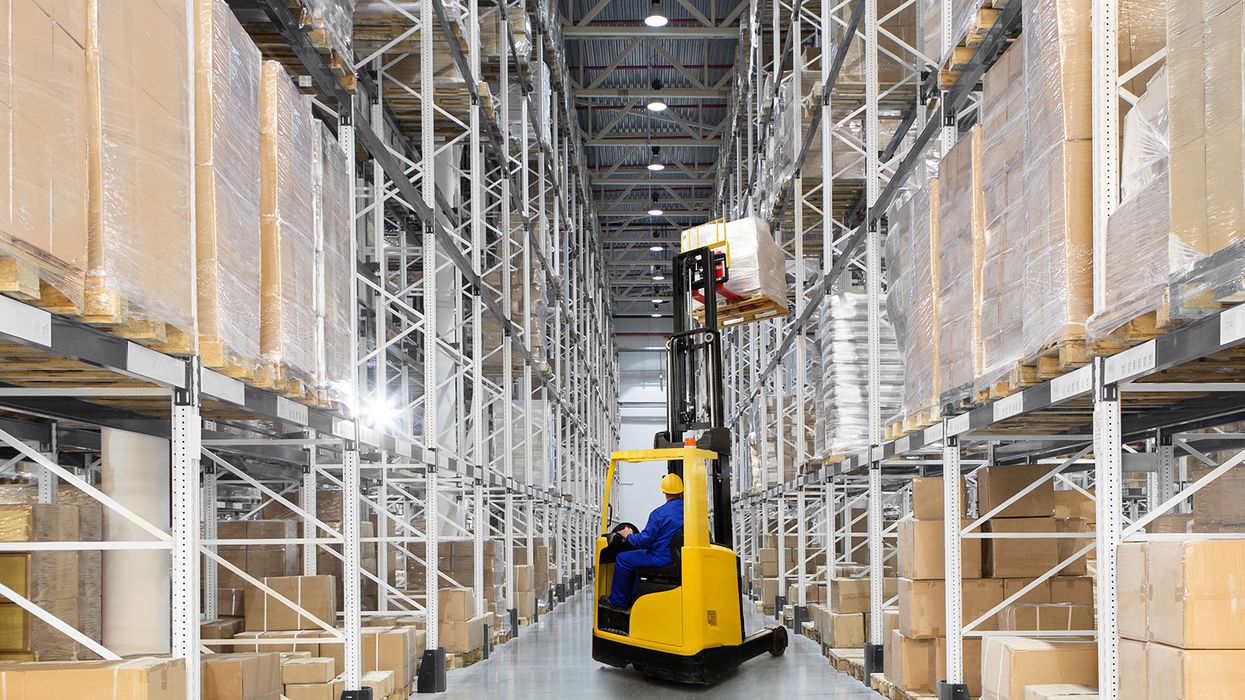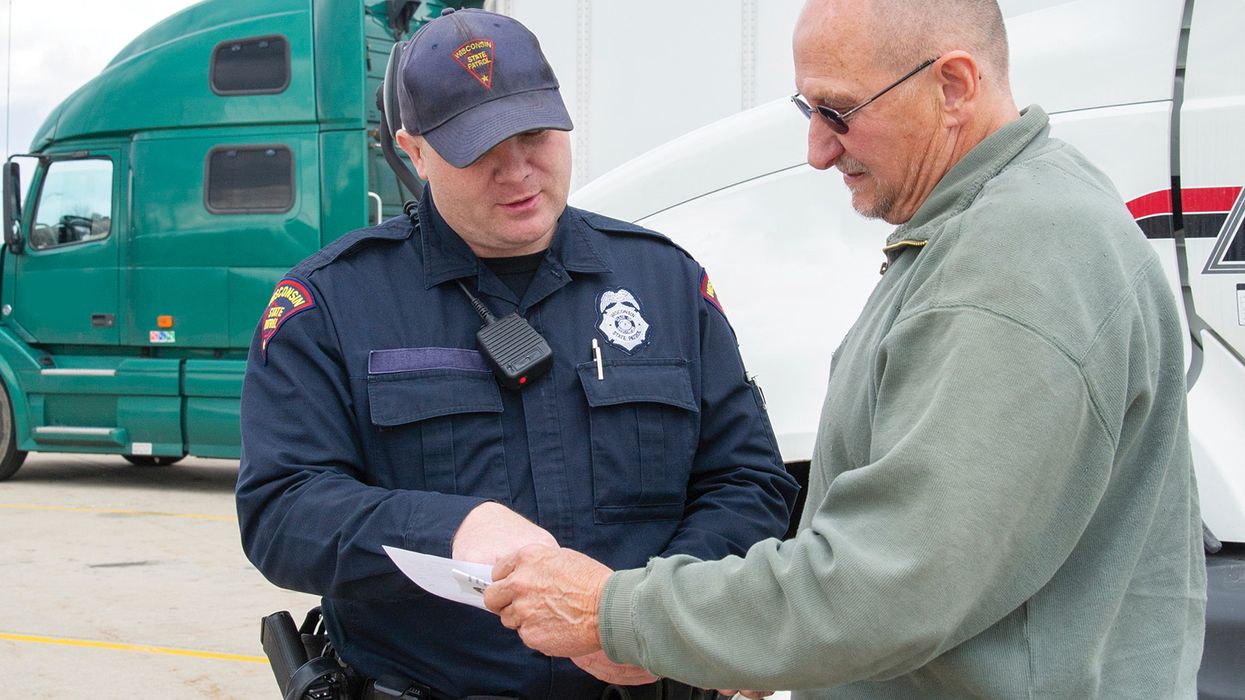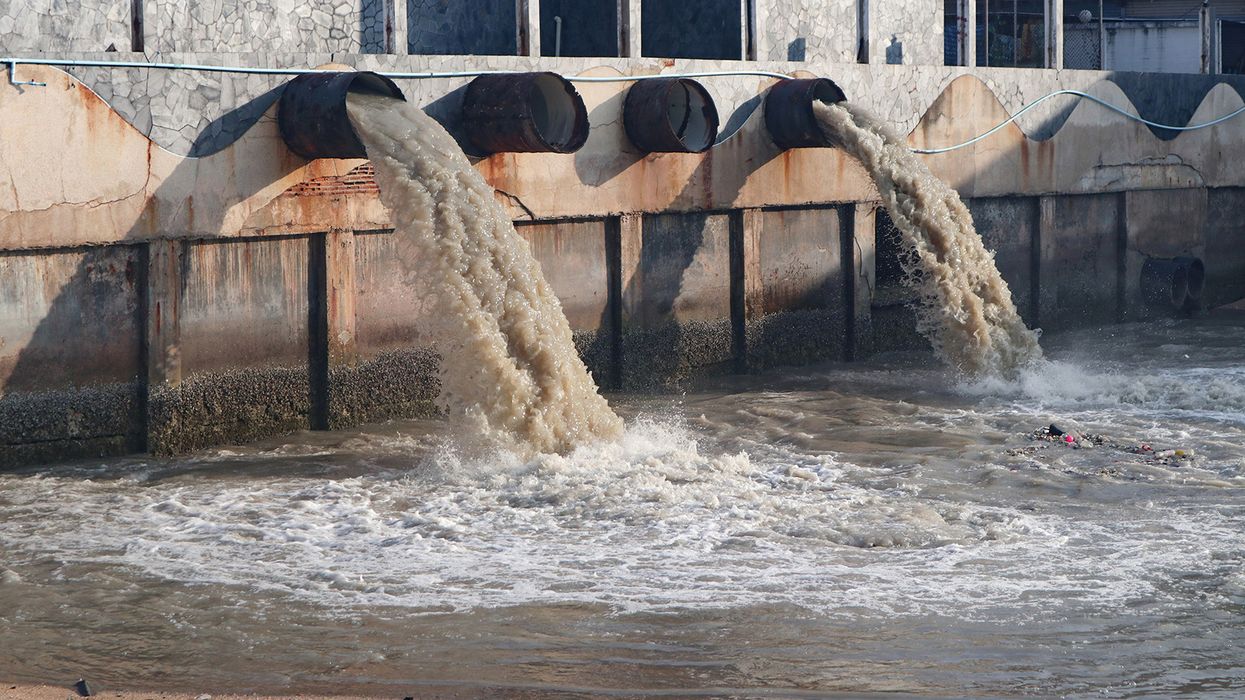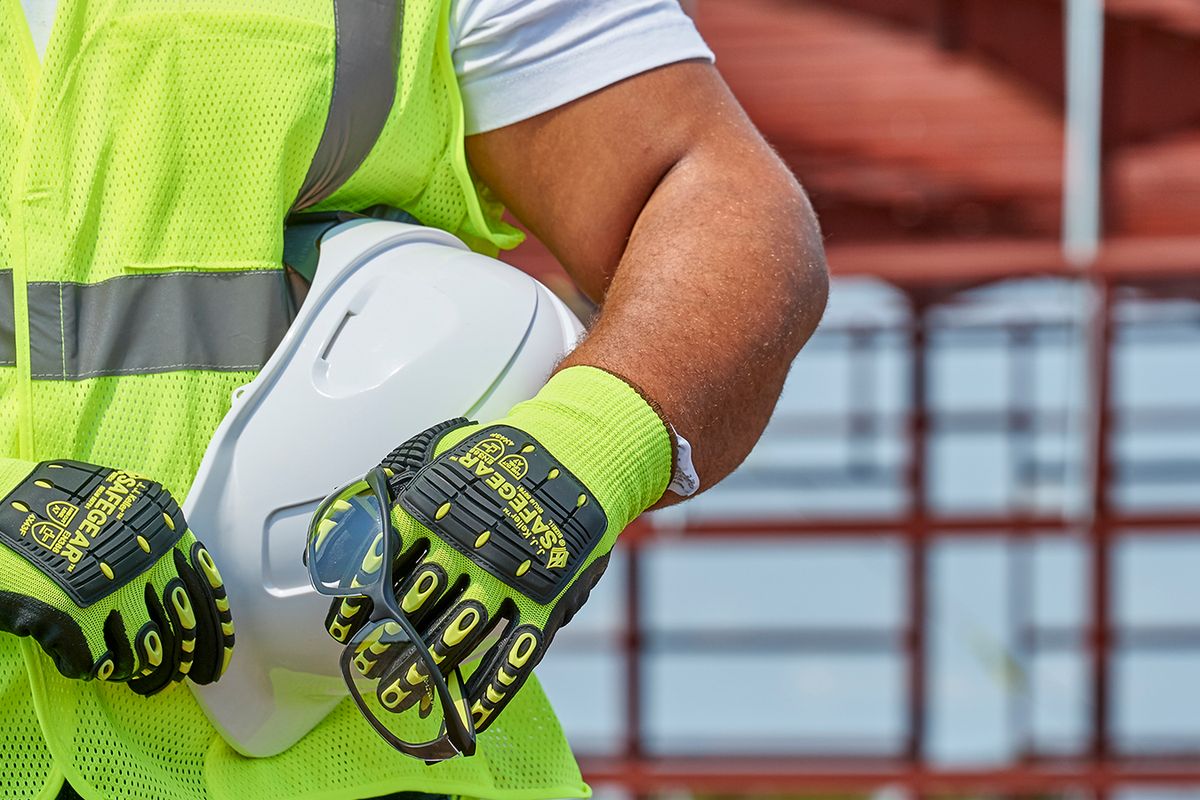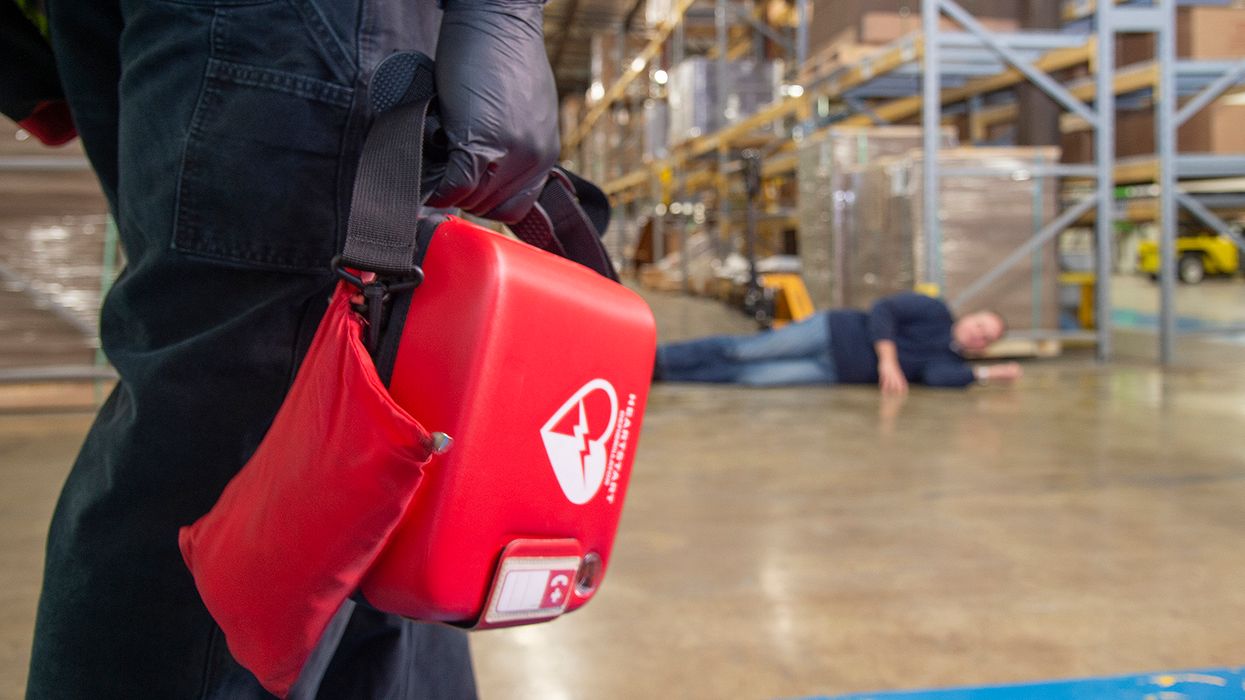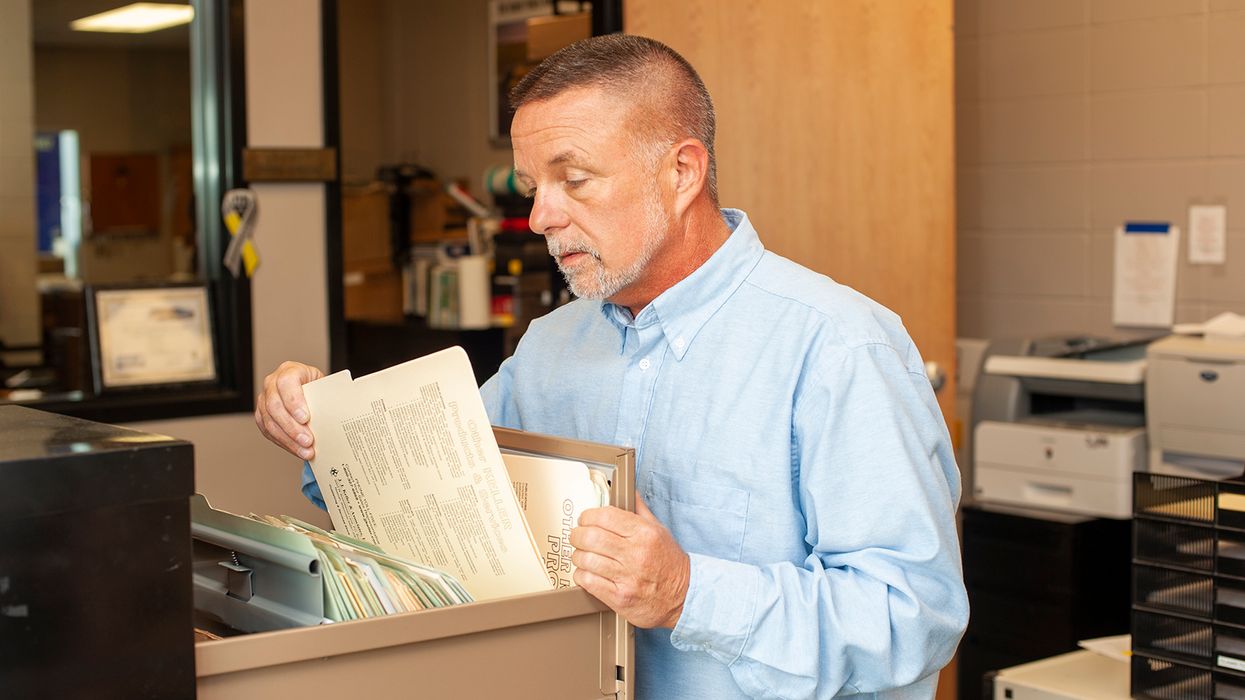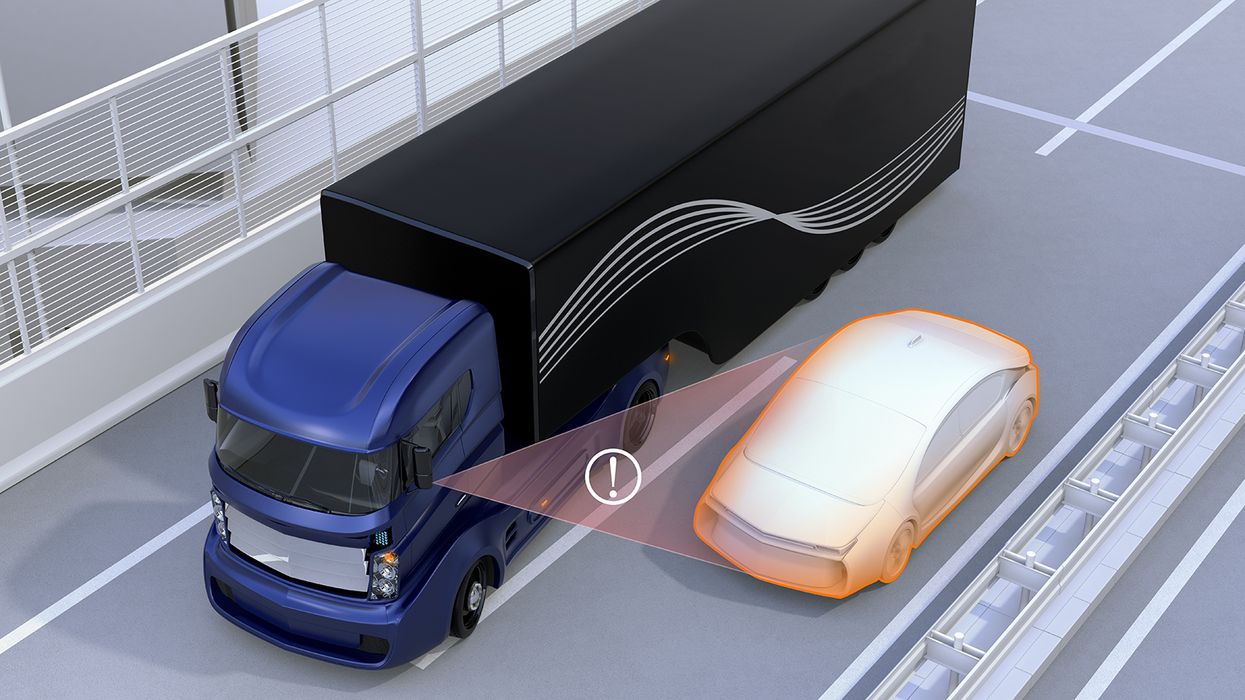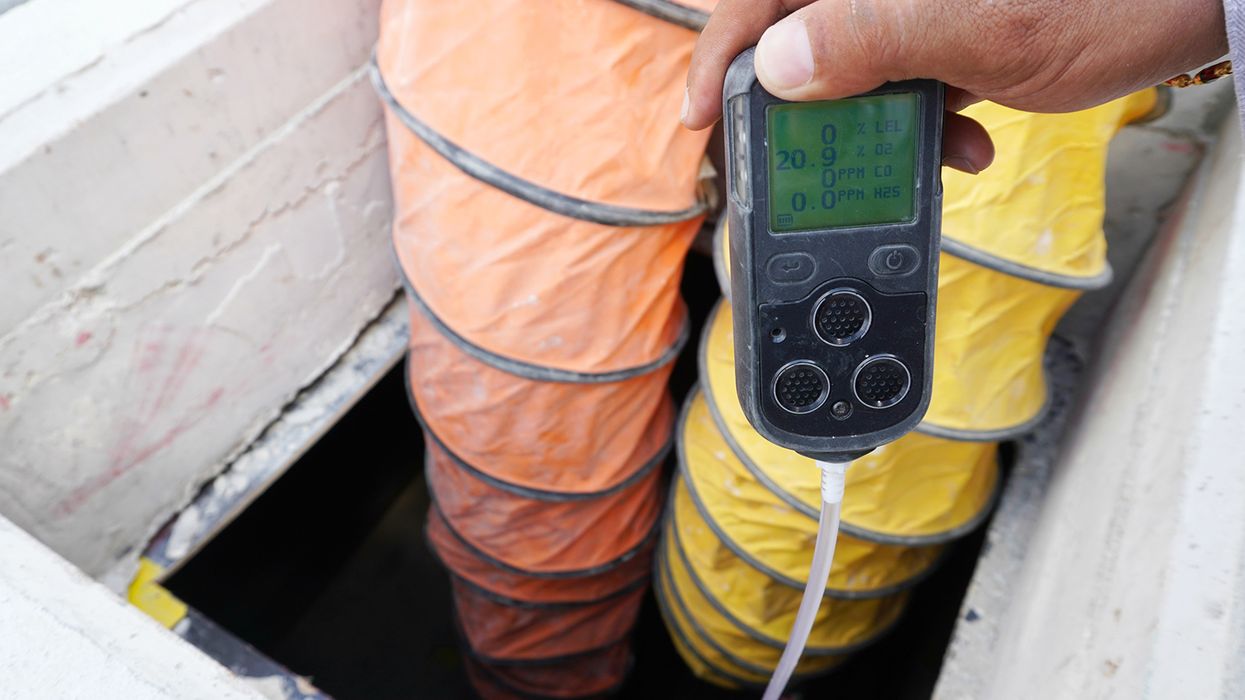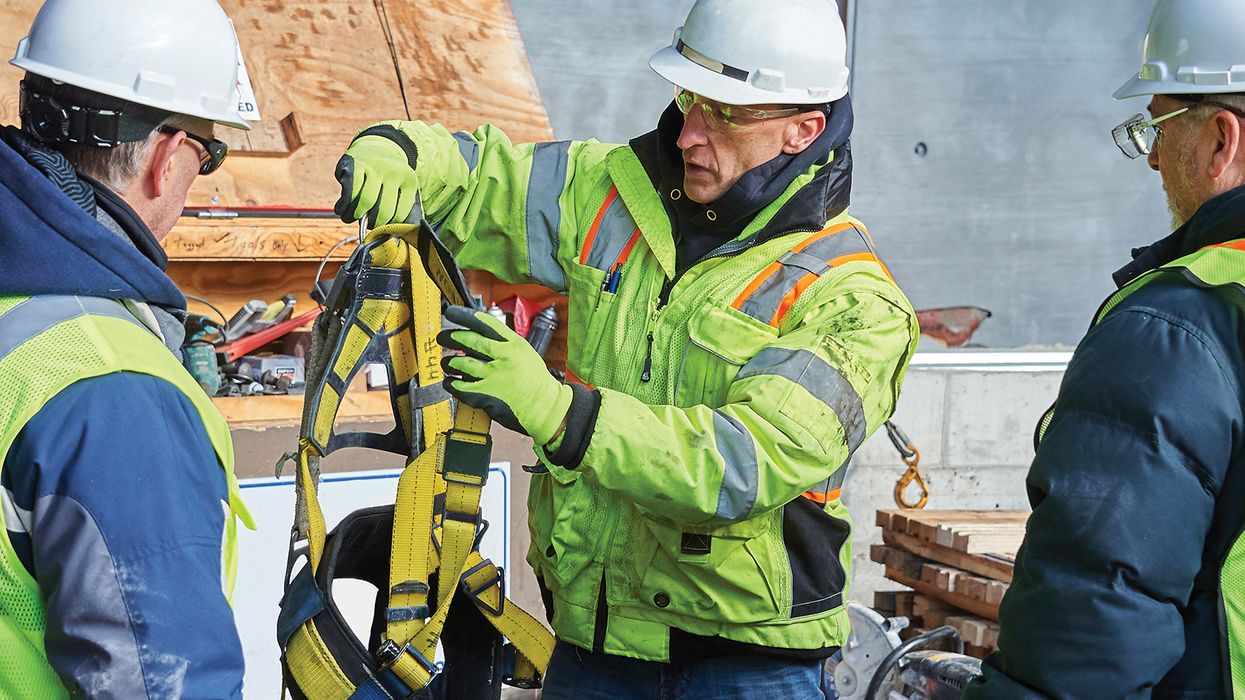Identifying the hazmat shipper
Did you know that the term “shipper” is not defined in the hazardous materials regulations (HMR)? That’s right, in the regulations, the proper term is “person who offers or offeror.” Yet, we all use the term “shipper” anytime we’re talking about the person or entity offering up hazardous materials for transportation. The definition of a “person who offers or offeror” is found in 171.8 and means any person who:
- Performs, or is responsible for performing, any pre-transportation function required under this subchapter for transportation of the hazardous material in commerce; and/or
- Tenders or makes the hazardous material available to a carrier for transportation in commerce.
The definition goes onto state, “A carrier is not an offeror when it performs a function. . . as a condition of acceptance of a hazardous material for transportation in commerce (e.g., reviewing shipping papers, examining packages to ensure that they are in conformance with this subchapter, or preparing shipping documentation for its own use) or when it transfers a hazardous material to another carrier for continued transportation in commerce without performing a pre-transportation function.”
Why does it matter?
You may be wondering why the definition of the “person who offers or offeror” matters. It matters because offerors have certain responsibilities under the HMR. Carriers and their drivers share some of these responsibilities. But as indicated in the second paragraph of the regulatory definition, the carrier/driver does not become the offeror just because they review the shipment and shipping papers, and possibly create additional shipping documentation for their own use.
Furthermore, the carrier/driver does not become a shipper when it simply transfers a shipment to another carrier for continued transportation, and does not perform any additional pre-transportation functions.
The responsibilities for marking and labeling packages and preparing shipping papers still lies with the offeror.
Shared responsibilities possible
There is another possibility, though. The offeror’s responsibilities can be shared with or contracted to another entity through a contract to perform some of the pre-transportation functions. If such a contract is in place, both the offeror and the carrier are subject to the offeror regulations. A Pipeline and Hazardous Materials Safety Administration (PHMSA) interpretation letter confirms this idea. The scenario given in the interpretation letter is a contract between a waste generator and a waste transporter. The waste generator classifies and prepares the package for transport, while the transporter generates the shipping paper and certifies the shipment meets the HMR. Because the responsibilities are shared through a contract, both the generator and the transporter are the “offerer.”
Key to remember: Having knowledge of terminology used in the regulations can help ensure all parties know their responsibilities when offering and/or transporting hazardous materials.

